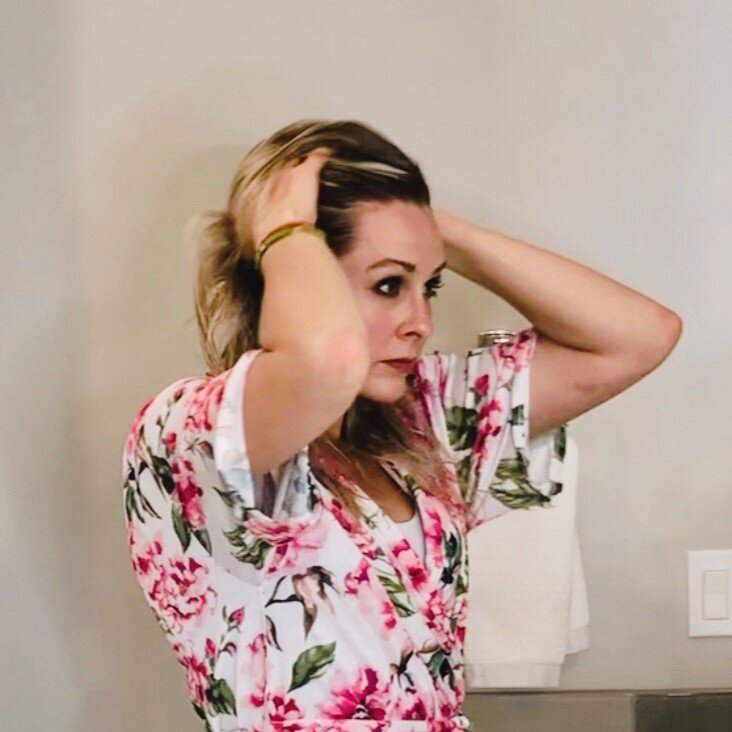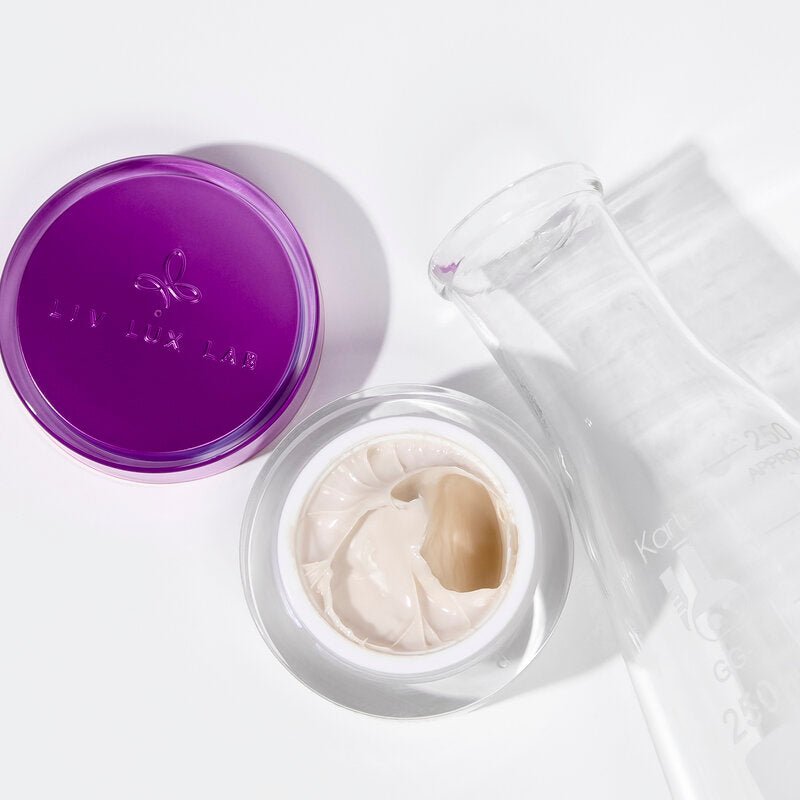The Face of Pollution
Some of the most polluted cities in the world include New Delhi, Mumbai and Bangalore in India; Karachi in Pakistan; and Shanghai and Beijing in China. Many of which are in a frenzy to stall the effects of this contamination. The changing environment has forced us to shift our thinking (desires and goals) from anti-aging to anti-pollution.
Research has shown that pollution can lead to age spots and hyperpigmentation. Educated consumers now look to ways to prevent or block pollution from the skin and hair. Last year, according to NPD, the anti-pollution skin care market grew by 30% in a 6-month timespan. Pollution was once a concern that was predominantly driven by the East. Now, the World Health Organization cites pollution as the world’s biggest health risk.
What is pollution, then?
Pollution is more than just car smog or cigarette smoke. It generally contaminates one’s natural surroundings, which adversely affects a normal lifestyle. By definition, pollution is the introduction of contaminants into the natural environment that cause adverse change.
Pollution isn’t just carbon emissions…
Pollution disturbs the balance of our natural eco-system and can include pollen, smog, smoke, UV and other forms of light radiation and thermal stress. Particularly from heating and air conditioning. The air can be polluted by polycyclic aromatic hydrocarbons (PAHs), volatile organic compounds (VOCs), oxides, ozone, cigarette smoke and particulate matter (PM). Particulate matter sized at 2.5-10 microns (PM2.5 and PM10) seem to be the main threat to skin health.
In what ways…?
These fine particles are coated with polycyclic aromatic hydrocarbons (PAHs), heavy metals and other contaminants. These contaminants are up to 20X smaller than your pores! That means they can and will penetrate right into the deepest parts of your skin. Once there, they release free radicals and affect collagen, elastin and the lipid layer. Pollution easily breaks down all of these layers! Over even a short time, the skin shows signs of aging, inflammation, dehydration and possibly acne. Cancer and allergic skin conditions such as atopic dermatitis, eczema and psoriasis can also occur.
Pollution is at the root of many skin-related concerns, but have you ever wondered what pollution is doing to your hair?
What is pollution doing to your hair?
That same pollution that’s affecting your health and skin, could be affecting your scalp and hair. Many young people are relocating to a bustling and exciting metro-city life. Unfortunately, more and more young patients are also experiencing a sensitive scalp, itchiness, dandruff, oiliness and sometimes pain in the hair roots.
Sensitive Scalp Syndrome
Various studies have identified this as ‘Sensitive Scalp Syndrome’. Exposure to increasing levels of air pollution including particulate matter, dust, smoke, nickel, lead and arsenic, sulfur dioxide, nitrogen dioxide, ammonia and polycyclic aromatic hydrocarbons (PAH) settle on the scalp and hair. Indoor air-conditioned environments release volatile organic compounds that settle on the scalp. Pollutants migrate into the dermis and through the hair follicle leading to oxidative stress and hair loss. Hair loss due to pollution can coexist or mimic androgenic alopecia. Pollution can cleave to the scalp and affect pre-emergent hair – making hair unhealthy from the start. From this, it could be more prone to signs of damage* as it grows.
What your hair says about your air…
Most of us have heard how the hair and nails can be an indicator of our previous diet and habits. The hair can reveal if our diet is lacking proper nutrients or if we’ve used drugs. Have you ever considered what your hair says about the air you breathe?
Human hair analysis techniques monitor exposures to environmental pollutants. These techniques could screen that broad spectrum of pollutants we generally encounter. This technique has uncovered many toxic trace metals in man’s occupational and environmental atmospheres. In Italy, the hair of 132 healthy subjects between 6 and 40 yr old was analyzed in order to determine the presence of zinc, copper, nickel, manganese, and lead. Hair can reflect body’s integral exposure to persistent organic pollutants (POP) from endogenous and exogenous sources. This can be used as a potential bio monitor in assessing POP exposure for public health purposes.
Pollution’s damaging affects to the four hair targets:
Pollution has more of a direct effect on the cuticles and scalp than it does on the cell membrane complex and cortex. Whereas, when pollution is presented in the form of UV exposure, this can lead to oxygen free radicals causing cell membrane complex and cortex degradation.
- Cuticles: Pollutions can lead to Cuticle Abrasion: Relatively mild wear and tear at cuticle edges. Cuticles are rubbed off and worn off the surface. Air pollution can cause hair to tangle more easily because it holds on to dust particles and is dryer.
- Cell Membrane Complex: Intercellular lipids, cholesterol and free fatty acids can all be lessened with UVA and UVB exposure.
- Cortex: UVB radiation contributes to protein loss and increase free radicals while UVA affects color.
- Scalp: Oxidative stress to pre-emergent hair has been shown to have negative consequences to hair surface structure, affecting hydrophobicity and cuticle moisture.
4 Ways to SAVE your hair from pollution damage:
If you live in a concrete jungle, it's obvious that pollution could be taking a toll on your hair. Even if you live in the fresh air of the countryside, your long strands could be suffering from lifelong exposure to pollutions. So, what can you do to counteract the damaging effects of pollution?
-
Try anti-pollution hair care.
Typically, antioxidant-rich botanicals will offer nice results but in future articles, we’ll examine effective anti-pollution ingredients that purify, remove and repel nasty pollutants.
-
Choose your hair care wisely.
- It may seem obvious to avoid products that attract dust, grime and pollution but you’d be surprised how many mousses, gels and thicken creams attract just that. Products that are too sticky or heavy can act like a magnet and attract dirt and pollution – making your hair look and feel dirty prematurely. In future articles we’ll share which ingredients you should ditch and better alternatives to swap them with.
- Replenish with hydration. Drinking eight 8 oz glasses of water a day is good for your body and performance and the same is true for your hair. Supplying proper hydration to your hair with a goal of restoring hydrophobicity will allow for a healthy cuticle that protects your hair from further damage.
- Strengthen with protein. We all know by now that eating protein builds strength. The hair is no different. Your hair’s structure is made of protein that allows for strength. With the right protein, hair can stronger and more resistant to damage.
-
Keep the scalp clean.
You should wash your hair and scalp regularly – but not too often. Too little washing can lead to build up and too little can lead to dryness. What does that really mean for you? Since everyone’s preferences and styling habits vary, you’ll have to test | observe | modify until you find the perfect balance for your hair.
-
Use caution when styling and brushing.
When you brush your hair too often (or too hard) and expose your hair to a lot of styling product or heat, you could be damaging it. Doing less might just do more for your hair. Applying more friction to your hair, exposes your hair to more damaging forces.
Now you know pollution’s actual meaning, AND you know what it does to your hair. We’ve also given you 4 tips on how to avoid further hair damage. What’s next? Let me guess, you’ll want to know how to revitalize, protect, and repair your pollution damaged hair. Continue to stay tuned to find out about our newest product that was designed to do EXACTLY THAT! You’ll be amazed.
In the meantime, sharing is caring– particularly when you send this out to your hair-loving, urban dwelling friends whose hair is going to benefit from our upcoming product launch!
https://www.researchgate.net/publication/228604125_Oxygen_radicals_from_photoirradiated_human_hair_An_ESR_and_fluorescence_study
Fenugen, The Fenugreek Rich Hair Treatment for Healthier Hair
It's worth mentioning the hair reparative benefits of Fenugen. Inspired by Ayurvedic medicine, we've captured the most active parts of fenugreek benefits for hair and unleashed its rich phytonutrients into a concentrated and purified active ingredient. Fenugreek phytonutrients include medium and long chain fatty acids, terpenoids, polyphenols, phospholipids and vitamins A, C and B variety vitamins (including vitamin B3 for hair benefits) and paired these with bio-boosters like ubiquinone (also known as Coenzyme Q10 for hair), organic Karanja (also known as Pongamia for hair benefits) and medium chain triglycerides (MCT’s derived from coconut for hair). As you age, hair losses important moisture and nutrition that causes your hair to become dry, porous, easily tangled and look dull. Fenugen is a rich source for phospholipids such as phosphatidylcholine, conditioning mucilage & vitamins A, C & several B that replenish your hair’s hydration, restores healthy porosity & lightly condition so your hair can be frizz-free & shiny. Through a patented eco extraction process, we've magnified fenugreek’s phytonutrients and phospholipid content into our clinically proven technology. Fenugen possesses the rich nutrients of fenugreek seeds in a complex 5x more potent in its phytonutrients. These nutrients include Vitamin A, B Vitamins, Vitamin C and more. With consistent, long-term use, hair bonds are rebuilt, hydration is restored helping to reduce frizz, the scalp is energized and nourished from within allowing hair that's more resistant to damage to emerge. Rooted in Ayurveda, our Fenugen is the best ingredient for healthy hair - clinically proven to transform hair from tip to root, inside and out.



